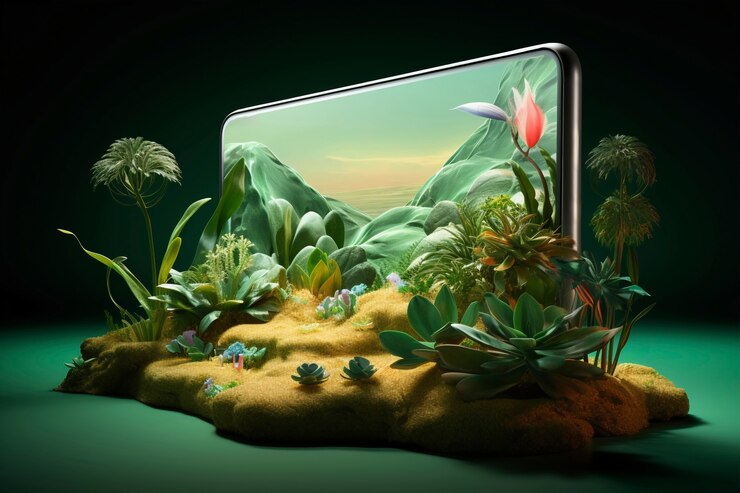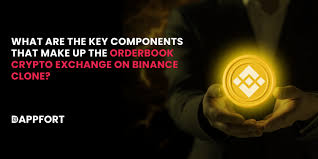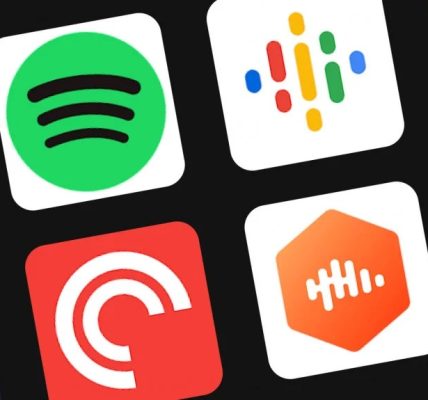In recent years, the world has seen an unprecedented rise in environmental consciousness. As a result, companies across various industries are seeking innovative ways to market their sustainable products. One of the most effective and engaging methods that have emerged is the use of 3D product animation services. This technology not only enhances the visual appeal of products but also serves as a powerful tool in communicating the benefits and intricacies of sustainable products to consumers. In this blog, we will delve into the world of 3D product animation, its significance in promoting sustainable products, and how it can revolutionize the way businesses operate and connect with their audience.
Understanding 3D Product Animation
3D product animation is a digital technique that creates a three-dimensional representation of a product. Unlike traditional photography or two-dimensional graphics, 3D animation provides a dynamic and interactive experience, allowing viewers to see the product from all angles, zoom in on specific features, and understand its functionality in a more immersive way. This technology leverages computer-generated imagery (CGI) to create lifelike animations that can be used in various forms of media, including websites, social media, advertisements, and virtual reality experiences.
The Role of 3D Product Animation in Marketing Sustainable Products
Sustainable products often come with unique features and benefits that need to be effectively communicated to the target audience. Traditional marketing methods may fall short in conveying the environmental advantages and technical specifications of these products. This is where 3D product animation services come into play. They offer several advantages that make them ideal for promoting sustainable products:
-
Enhanced Visual Communication: Sustainable products often have intricate details and features that set them apart from conventional products. 3D product animation allows for detailed visual representation, making it easier for consumers to understand the product’s design, functionality, and benefits. For example, an animation can demonstrate how a solar-powered gadget works, highlighting its eco-friendly features in a way that static images or text cannot.
-
Interactive Experience: Consumers are more likely to engage with content that they can interact with. 3D product animations can be integrated into websites and mobile apps, allowing users to rotate the product, zoom in on specific parts, and see it in action. This interactivity helps to build a deeper connection with the product and increases the likelihood of a purchase.
-
Storytelling Potential: Sustainable products often have compelling stories behind them, such as the use of recycled materials, ethical manufacturing processes, or contributions to reducing carbon footprints. 3D animations can bring these stories to life by creating vivid and engaging narratives that resonate with consumers. Through animations, brands can effectively communicate their commitment to sustainability and the positive impact of their products on the environment.
-
Educational Value: Many consumers are still learning about sustainability and the benefits of eco-friendly products. 3D product animations can serve as educational tools, explaining complex concepts in an easily digestible format. For instance, an animation can show the lifecycle of a biodegradable product, from production to decomposition, illustrating its environmental benefits in a clear and engaging manner.
Benefits of 3D Product Animation for Sustainable Brands
Integrating 3D product animation services into the marketing strategy of sustainable brands offers numerous benefits, including:
-
Increased Engagement and Retention: Animated content is more engaging than static images or text. It captures the viewer’s attention and keeps them interested for longer periods. This increased engagement leads to better retention of information, helping consumers to remember the key features and benefits of the product.
-
Higher Conversion Rates: Interactive and visually appealing content can significantly boost conversion rates. When consumers can explore a product in detail and understand its advantages, they are more likely to make a purchase. 3D product animations can bridge the gap between interest and action, driving sales for sustainable products.
-
Cost-Effective Marketing: While creating high-quality 3D animations may require an initial investment, it can be more cost-effective in the long run compared to traditional product photography or video production. Once created, 3D animations can be easily updated or repurposed for different marketing campaigns, providing a versatile and durable marketing asset.
-
Competitive Advantage: The use of 3D product animation services sets a brand apart from competitors who rely on traditional marketing methods. It showcases the brand’s commitment to innovation and provides a modern, high-tech image that appeals to environmentally conscious consumers.
Real-World Examples of 3D Product Animation in Sustainable Marketing
Several brands have successfully leveraged 3D product animation to promote their sustainable products. Here are a few notable examples:
-
Tesla: Tesla uses 3D animations to showcase the features of their electric vehicles. These animations highlight the advanced technology, safety features, and environmental benefits of Tesla cars, providing potential buyers with a comprehensive understanding of the product.
-
Patagonia: The outdoor clothing brand Patagonia employs 3D animations to demonstrate the sustainability of their products. For instance, they use animations to show the lifecycle of their recycled materials, emphasizing their commitment to environmental responsibility.
-
Ecovative Design: This company specializes in creating biodegradable packaging materials made from mycelium. Ecovative Design uses 3D animations to explain the science behind their products and how they can replace traditional, harmful packaging options. The animations effectively communicate the environmental benefits and innovative nature of their solutions.
How to Implement 3D Product Animation Services for Your Sustainable Brand
Implementing 3D product animation services for your sustainable brand involves several steps. Here’s a guide to help you get started:
-
Define Your Objectives: Before creating any animation, it’s crucial to define what you want to achieve. Are you looking to increase brand awareness, educate consumers, or drive sales? Having clear objectives will guide the creative process and ensure that the final product aligns with your goals.
-
Identify Key Features and Benefits: Determine the most important features and benefits of your sustainable product that you want to highlight. This could include the materials used, the manufacturing process, the product’s lifecycle, or its environmental impact. These elements will form the core of your animation.
-
Collaborate with Professionals: Creating high-quality 3D animations requires specialized skills and software. Collaborate with professional 3D animators or animation studios that have experience in producing animations for sustainable products. They can help bring your vision to life and ensure that the animations are both visually appealing and technically accurate.
-
Create a Storyboard: A storyboard is a visual representation of the animation, outlining the sequence of scenes and key elements to be included. This step is essential for planning the animation and ensuring that all important aspects are covered. It also provides a clear direction for the animators to follow.
-
Develop the Animation: With the storyboard in place, the animators can begin creating the 3D animation. This involves modeling the product, adding textures and colors, and animating the various elements. Throughout this process, it’s important to provide feedback and make adjustments as needed to ensure the final product meets your expectations.
-
Integrate and Promote: Once the animation is complete, integrate it into your marketing channels. This could include your website, social media platforms, email campaigns, and digital advertisements. Promote the animation through various channels to maximize its reach and impact.
Future Trends in 3D Product Animation for Sustainable Products
The field of 3D product animation is constantly evolving, with new technologies and trends emerging. Here are some future trends that are likely to shape the use of 3D product animation services for sustainable products:
-
Virtual and Augmented Reality: Virtual reality (VR) and augmented reality (AR) are becoming increasingly popular in marketing. These technologies provide even more immersive experiences, allowing consumers to interact with products in a virtual environment. Sustainable brands can use VR and AR to create virtual showrooms or interactive product demonstrations, further enhancing consumer engagement.
-
AI and Machine Learning: Artificial intelligence (AI) and machine learning are revolutionizing various industries, including animation. These technologies can streamline the animation process, making it faster and more efficient. AI can also be used to create personalized animations based on consumer preferences and behaviors, providing a more tailored marketing experience.
-
Real-Time Rendering: Real-time rendering technology allows for the creation of high-quality animations that can be adjusted in real-time. This is particularly useful for interactive animations, where users can change the product’s features or view it in different settings. Real-time rendering enhances the interactivity and flexibility of 3D animations, making them more engaging and effective.
-
Sustainability Analytics: As consumers become more interested in the environmental impact of their purchases, incorporating sustainability analytics into 3D animations can be a powerful tool. This involves using data to visually demonstrate the product’s environmental benefits, such as carbon footprint reduction or energy savings. Providing this information in an accessible and engaging format can help build trust and credibility with consumers.
Conclusion
3D product animation services offer a powerful and versatile tool for promoting sustainable products. By providing enhanced visual communication, interactive experiences, and compelling storytelling potential, these animations can effectively convey the benefits and intricacies of eco-friendly products. As technology continues to evolve, the possibilities for 3D product animation in sustainable marketing are only set to expand, providing brands with innovative ways to connect with their audience and drive positive change.
Embracing 3D product animation services not only sets sustainable brands apart from their competitors but also aligns with the growing consumer demand for transparency, innovation, and environmental responsibility. As more companies adopt this technology, it will undoubtedly play a crucial role in shaping the future of sustainable marketing and helping to create a more environmentally conscious world.





